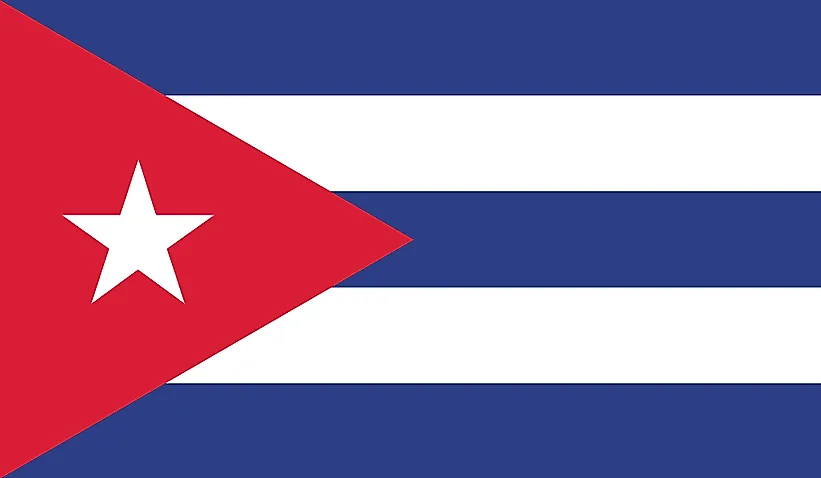
Cuba
| Continent | Americas |
| Capital | Havana |
| Population | 11,179,995 |
| GDP | $133.00 Billion |
| GDP per Capita | $11,900 |
| Dialing Code | +53 |
| ISO Code (2-letter) | CU |
| ISO Code (3-letter) | CUB |
Cuba Landscapes






About Cuba
Welcome to Cuba, the largest Caribbean island nation where history, culture, and tropical beauty create a unique blend. With approximately 11.3 million people occupying 109,884 square kilometers, Cuba combines revolutionary heritage with rich cultural traditions, creating a nation known for its music, architecture, and resilient spirit.
Geographic Features and Natural Beauty
Cuba’s geography encompasses diverse landscapes, from the Sierra Maestra mountains in the southeast to the tobacco-growing valleys of Pinar del Río. The country features over 5,700 kilometers of coastline, including pristine beaches, coral reefs, and numerous keys and small islands.
The Viñales Valley, a UNESCO World Heritage site, showcases dramatic limestone formations called mogotes rising from fertile valleys where traditional tobacco farming continues. The Alejandro de Humboldt National Park preserves some of the Caribbean’s most important and diverse ecosystems.
Cuba’s varied terrain includes extensive cave systems, tropical forests, and mangrove swamps. The country’s location at the mouth of the Gulf of Mexico creates a tropical climate moderated by trade winds, supporting rich biodiversity both on land and in surrounding waters.
Cultural Heritage and Traditions
Cuban culture represents a vibrant fusion of African, European, and Caribbean influences. Music plays a central role in Cuban life, with styles like son, rumba, and salsa originating or developing on the island. The country’s traditional dances, including the cha-cha-chá and mambo, have influenced dance worldwide.
Traditional arts include distinctive architectural styles, particularly in Old Havana, and unique visual arts traditions. Cuban cuisine combines Spanish, African, and Caribbean elements, featuring dishes like ropa vieja and moros y cristianos, along with world-famous Cuban coffee and rum.
The Cuban people’s passion for baseball, which has produced many international stars, reflects both cultural traditions and national pride. Literature and cinema have also played important roles in expressing Cuban identity and experiences.
Historical Journey
Cuba’s history spans from indigenous Taíno settlements through Spanish colonization to independence. The country’s revolutionary period, culminating in 1959, transformed Cuban society and its relationship with the world, particularly the United States.
The subsequent decades saw Cuba develop unique approaches to education, healthcare, and social organization, while maintaining its distinctive cultural identity despite economic challenges and international isolation.
Modern Economic Landscape
Today’s Cuba has an economy combining state control with growing private sector activities. The country has developed significant expertise in biotechnology and medical services, while traditional sectors like tourism, agriculture, and mining remain important.
Recent economic reforms have expanded opportunities for small businesses and self-employment. The country’s education system has produced a highly skilled workforce, particularly in medical and scientific fields.
International Relations and Global Position
Cuba maintains active participation in international organizations and has developed diverse international partnerships. The country is known for its medical diplomacy, sending healthcare workers to assist in various global crises.
Did You Know?
• Cuba has one of the highest literacy rates in the world at nearly 100%?
• The country has developed several unique cancer treatments and vaccines?
• Old Havana contains one of the largest collections of colonial architecture in the Americas?
• Cuba’s traditional music style “son” inspired what became known worldwide as salsa?
Conclusion
Cuba represents a unique combination of historical significance and cultural richness in the Caribbean. From its revolutionary heritage to its artistic achievements, from its medical innovations to its environmental preservation, Cuba continues to evolve while maintaining its distinctive character. As it addresses contemporary challenges and opportunities, Cuba remains committed to its principles of social justice while adapting to changing global circumstances.